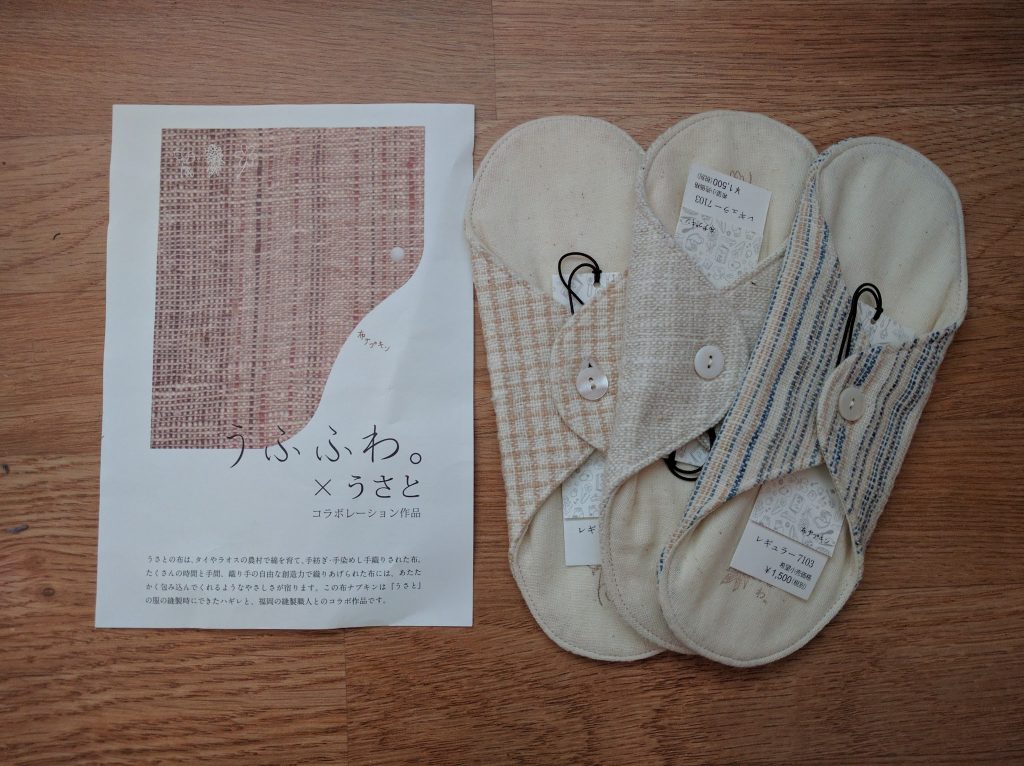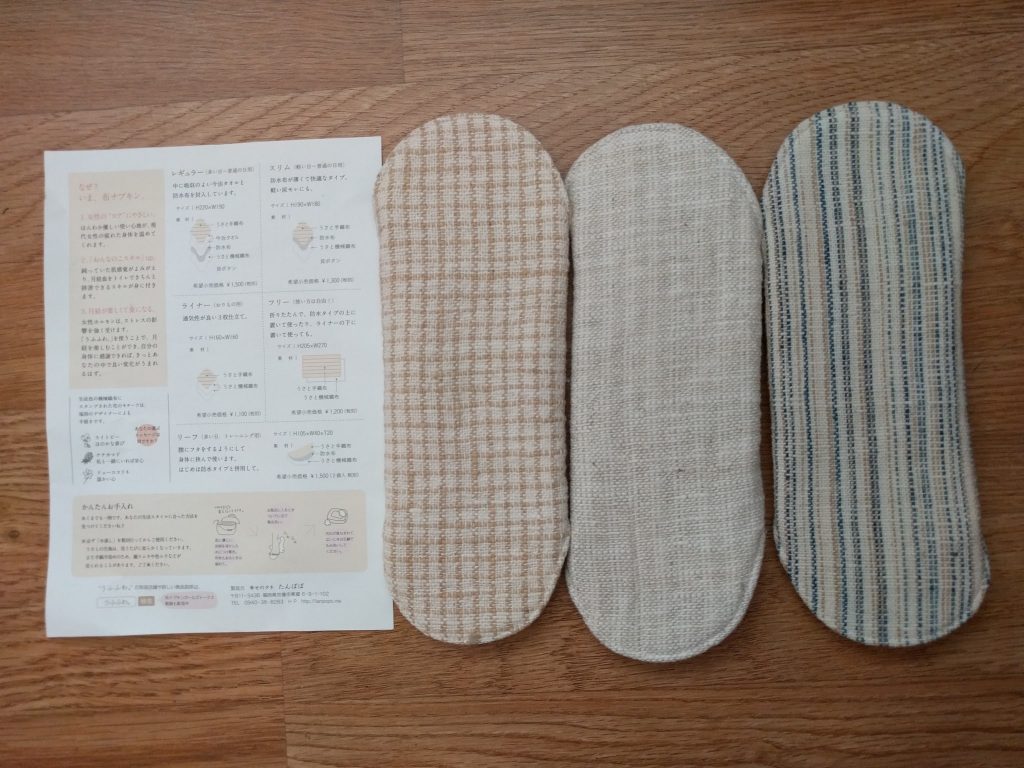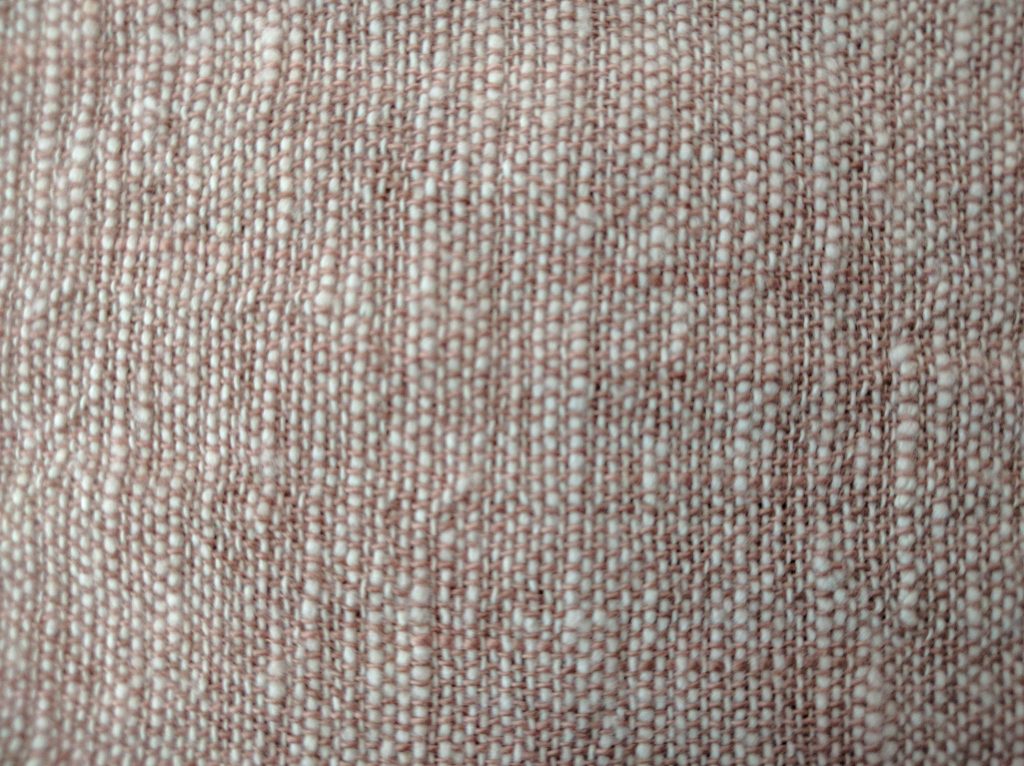
Last Friday, J and I went to a special event in Los Gatos put on by Usaato. First we watched a video about Usaato’s production methods. Unfortunately, I can’t find the video 🙁 But if I find it in the future, I’ll make sure to share it here.
After the video, there was a modern taiko and dance performance by the Kohaku group, based in Sacramento. The performers wore (awesome) flowy clothes made by Usaato.
Then Usaburo Sato, the designer behind Usaato, talked us through the production video. He talked about production techniques and dying techniques- and even knew what a lot of the dye plants are called in English (and some in Latin)! He spoke English surprisingly well for a random Japanese clothes designer.
I was one of the very few white people at the event. Almost everyone else was Japanese and was speaking Japanese. The Friday exhibition didn’t have a huge selection of items, so J and I ended up going to Usaato’s exhibition in San Francisco the next day also.
After much thought and some negotiating with my sister, I bought three cloth menstrual pads and traditional Japanese underwear (fundoshi).




As it turns out, fundoshi fits basically like brief-style underwear. I’m interested in it because it would be much easier to make than Western underwear, which relies on knit fabric and elastic (both hard to sew with). Also, it was one of Usaato’s cheapest items 🙂 So far, I really like it! When the rest of my underwear wears out, I might just replace it with fundoshi.
